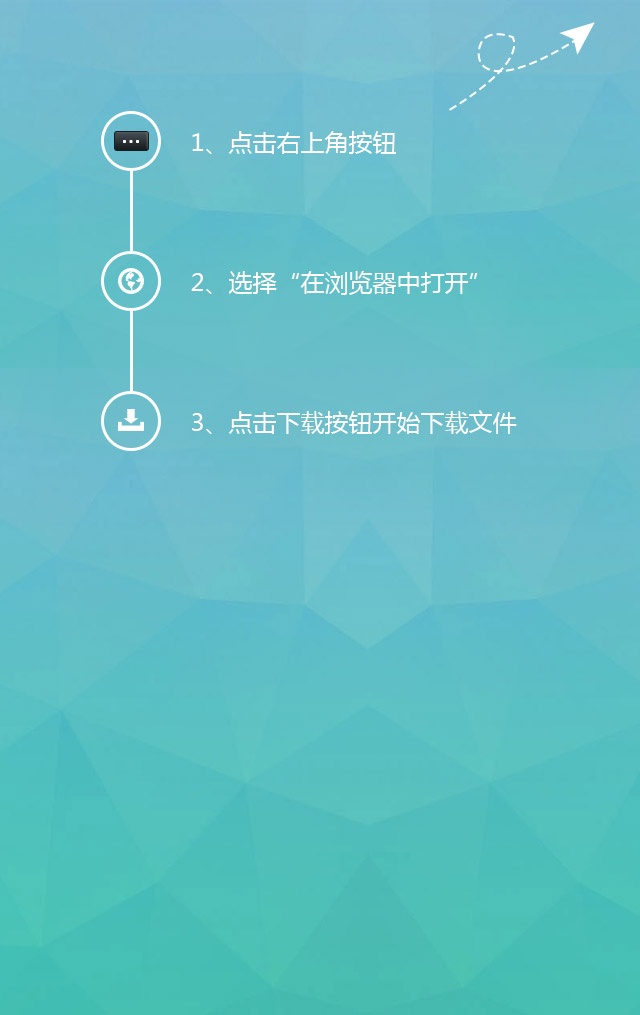Energy efficiency testing and certification services
Energy efficiency test
According to the "Administrative Measures on Energy Efficiency Labeling", all refrigerators, air conditioners, electric rice cookers, electric fans, household induction cookers, storage-type electric water heaters, washing machines and other products sold in the Chinese market must be affixed with the "China Energy Efficiency Label". Products without a logo are not allowed to go on sale.
Refrigerators, washing machines, clothes dryers, dishwashers, air conditioners, and ovens must also meet the requirements of energy efficiency regulations in the EU market and be labeled with energy efficiency. The energy efficiency requirements of household appliances are mainly embodied in energy labelling (Energy Labelling) and energy efficiency requirements (EER).
ErP instruction timetable
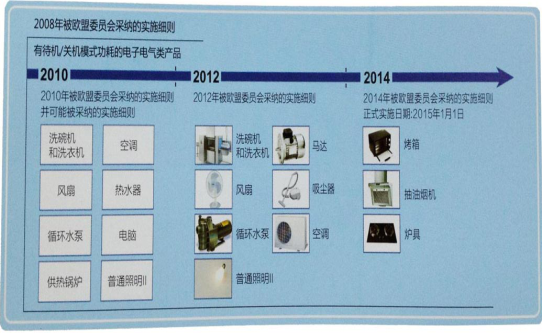
ERP Directive 2009/125/EC for fans less than 125W
Commission Regulation (EC) No 206/2012 example
Need to do the following tests
1. Standby. Starting from January 1, 2014, the second stage standby or off mode requires less than 0.5W, and the product with information or status display requires less than 1W.
2. Noise, no limit requirements.
3. There is no limit requirement for air volume test.
For the energy efficiency requirements of ovens, range hoods, and stoves, the implementation rules: (EU) No 65/2014 (Energy Efficiency Labeling Directive for Ovens and Range Hoods), and (EU) No 66/2014 (Ovens, Range Hoods and Eco-design requirements for stoves, etc.).
For these types of household appliances, in addition to the energy loss in shutdown and standby modes, it is also necessary to consider the efficiency of energy conversion and utilization under normal operation, and whether there are requirements for adding effective energy-saving modes in product design. For the above different products, the following parameters of the products need to be evaluated:
Baking box: cavity volume, cavity energy efficiency, EEI value;
Range hood: power consumption, EEI value, air volume, wind pressure, range hood power, time promotion factor, grease separation efficiency, lighting efficiency, noise, shutdown or standby power consumption;
Stove: Energy consumption EC of electric stoves or EE value of gas stoves.
In addition, after the formal implementation, it is divided into three stages, and the energy efficiency index required by each stage is higher than that of the previous stage to ensure that the product can gradually meet the best energy efficiency requirements.
For coffee machines, in addition to meeting (EU) No 1275/2008 (requirements for power loss in product standby or shutdown mode), it also needs to meet (EU) No 801/2013 requirements. When the coffee machine is not in the main function In the working mode, the product should be able to provide power management functions, and it is required to enter the power saving mode in a relatively short time to achieve the purpose of real energy saving.
The household appliances included in the "Energy Star" program include washing machines, dishwashers, dehumidifiers, refrigerators, air conditioners, electric fans, and battery chargers. Energy Star is a voluntary energy efficiency label, but this certification has been deeply rooted in the hearts of the people and is a guarantee for the product to be sold well.
Refrigerators, air conditioners, water heaters, dishwashers, washing machines, dryers, kitchens, battery chargers, electrical appliances and other home appliances manufacturers must meet the minimum energy efficiency requirements established by the United States.
The "Electrical Appliance Labeling Regulations" promulgated by the Federal Trade Commission (FTC) requires most appliances to be labeled with "EnergyGuide", giving an estimate of the energy consumption or energy efficiency of the product to help consumers purchase energy-efficient appliances after comparison.
Household appliances such as battery chargers, washing machines, and refrigerators sold in California must meet the requirements of California Energy Commission.
Australia and New Zealand’s energy efficiency requirements for household appliances are embodied in two aspects: energy efficiency labels and minimum energy performance standards (MEPS). Household appliances that need to be labeled with energy efficiency include refrigerators and freezers, washing machines, dryers, dishwashers and air conditioners (single-phase); household appliances regulated by MEPS include refrigerators and freezers, and electric water heaters (general and There are 3 types of small) and air conditioners (single-phase and three-phase).
The services we can assist in the test include but are not limited to:
地区 | 项目 | 标志 | 是否强制 | 涉及产品 |
欧洲 | Erp |
| 是 | 紧凑型荧光灯(CFL)/卤素灯/白炽灯/非定向LED灯/双端荧光灯(T5、T8等)/单端荧光灯/高强度气体放电灯(高压钠灯,金属卤化物灯等)/镇流器灯具。定向灯,发光二极管灯(LED),设计安装于电源和灯之间的设备, 包括灯控制器、控制装置和灯具 (除了荧光灯和高强度放电灯的镇流器和灯具) |
中国 | 中国能效标识 |
| 是 | 管形荧光灯镇流器、普通照明用双端荧光灯、普通照明用自镇流荧光灯、单端荧光灯、高压钠灯用镇流器、金属卤化物灯、金属卤化物灯镇流器。 |
中国香港 | 香港能源效益标签 |
| Yes | 紧凑型荧光灯, 空调机、冷冻器具、洗衣机、抽湿机等 |
美国 | 能源之星 |
| 是 | 荧光灯、照明灯具、装饰性灯串、LED灯具,电源适配器、开关电源、天花板风扇灯、消费视听产品、电池充电设备、打印机、家用电器和其他各类产品。 |
美国加州 | CEC认证 |
| Yes | 电子镇流器、金属卤素灯镇流器、荧光灯、照明灯具等产品。 |
澳洲 | MEPS |
| 是 | 节能灯、线性荧光灯、镇流器、电源适配器、电冰箱、冷冻机、洗衣机、干衣机、洗碗机、单匹冷气机等。 |
韩国 | MEPS |
| Yes | 白炽灯泡、荧光灯、荧光灯的整流器、紧凑型荧光灯(CFL)、三相异步电动机、家用煤气炉和汽车、电冰箱、冷冻箱、朝鲜泡菜冷藏箱、空调、洗衣机、洗碗机、冷热水饮水机、电饭锅、真空吸尘器、电风扇、空气净化器等 |
英国 | EST 认证 |
| 是 Yes | CFL节能灯,LED灯,荧光灯管,金属卤素灯 |
国际性 | ELI认证 |
| 非强制性 NO | 自镇流荧光灯(CFL)/ 双端灯/荧光灯镇流器等 |
Energy efficiency certification
CEC
California approved electrical energy efficiency regulations on June 23, 2006, and sales of electrical appliances in California must comply with California Energy Commission requirements.
ERP Directive (2009/125/EC)
On October 31, 2009, the European Union promulgated the "Energy Efficient Product Eco-Design Framework Directive" or ERP Directive: 2009/125/EC, which replaced the original Eup Directive 2005/32/EC, and clearly stipulated that it must be included in the CE mark. The latest ERP subdivision directives issued for lamps are: EU 1194/2012: Ecological requirements for directional lamps, LED lamps and related equipment.
China Energy Efficiency Label
According to the energy efficiency labeling product catalog and related requirements, all products in the energy efficiency labeling product catalog produced, sold and imported in China must be affixed with the "China Energy Efficiency Labeling" label, and products without the label are not allowed to go on sale.
MEPS certification
The Australian government's energy consumption requirements include energy consumption labels and minimum energy consumption standards (MEPS certification).
energy Star
On March 30, 2013 (Tuesday), the U.S. Environmental Protection Agency announced and effective immediately: Manufacturers must submit test reports issued by EPA-approved laboratories, and the test reports can be affixed to products only after they are submitted to EPA and approved Star label. Among them, the test standards of LED performance are of great concern:
LM-70-08: Photoelectric detection method of semiconductor lighting products
LM-80-08: Lumen maintenance test method of light source
LM-82-11: LED module and self-ballasted LED lamp performance test method (including IES document)
In order to speed up the product certification cycle and save costs, CSD was officially launched on March 31, 2011. Non-directional lights can directly use the photometric test data of the light source in CSD.
80PLUS
The 80PLUS program is a national energy-saving cash reward program issued by the U.S. Department of Energy and Ecos Consulting is responsible for the implementation. 80PLUS has more specific regulations relative to Energy Star 4.0, namely, the computer is in a 20%, 50%, and 100% load environment. The down-switching efficiency must be above 80% and the power factor PF value under the rated load condition must be greater than 0.9, and the standby power must be less than or equal to 1W.
推荐
-
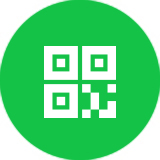
-
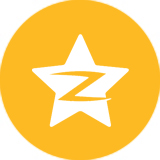
QQ空间
-

新浪微博
-

人人网
-
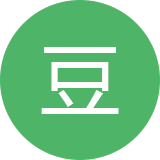
豆瓣















